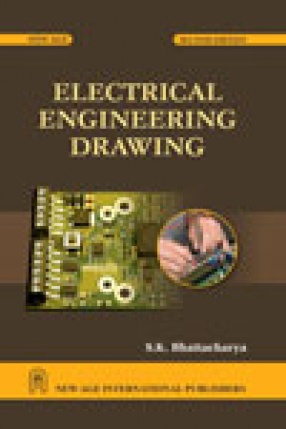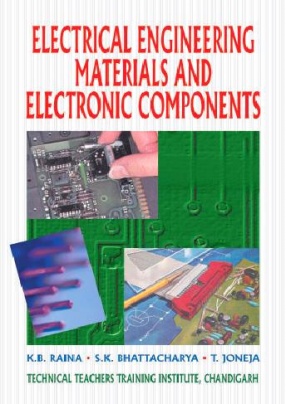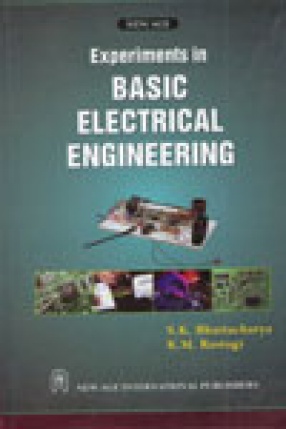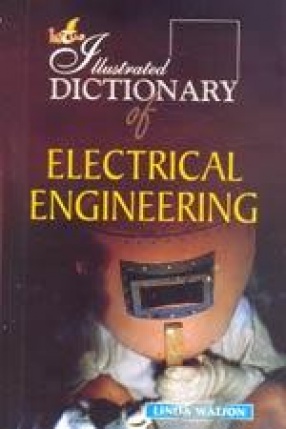Electrical Engineering Drawing
Electrical drawing is an important engineering subject taught to electrical/electronics engineering students both at degree and diploma level institutions. The course content generally covers assembly and working drawings of electrical machines and machine parts, drawing of electrical circuits, instruments and components. The contents of this book have been prepared by consulting the syllabus of various State Boards of Technical Education as also of different engineering colleges. This book has nine chapters. Chapter I provides latest informations about drawing sheets, lettering, dimensioning, method of projections, sectional views including assembly and working drawings of simple Electrical and Mechanical items with plenty of solved examples. The second chapter deals with drawing of commonly used electrical instruments, their method of connection and of instrument parts. Chapter III deals with mechanical drawings of electrical machines and machine parts. The details include drawings of D.C. Machines, induction machines, Synchronous machines, Fractional KW motors and Transformers. Chapter IV includes Panel Board wiring diagrams. The fifth chapter is devoted to winding diagrams of D.C. and A.C. machines. Chapter VI and VII include drawings of transmission and distribution line accessories, supports, etc. as also Plant and Substation Layout diagrams.
Miscellaneous drawing like drawings of Earth Electrodes, Circuit Breakers, Lighting arresters, etc. have been dealt with in Chapter VIII. Graded exercises with feedback on Reading and Interpreting engineering drawings covering the entire course content have been included in Chapter IX providing ample opportunities to the learner to practice on such graded exercises and receive feedback. Chapter X includes drawings of Electronic circuits and components. This book, unlike some of the available books in the market, contains a large number of solved examples which would help students understand the subject better. Explanations are very simple and easy to understand. Students will find this book useful not only for passing examinations but even more in Reading and Interpreting engineering drawings during their professional career.
Get it now and save 10%
BECOME A MEMBER











Bibliographic information